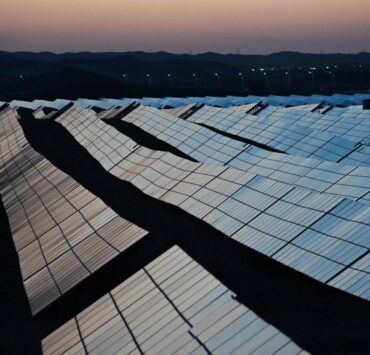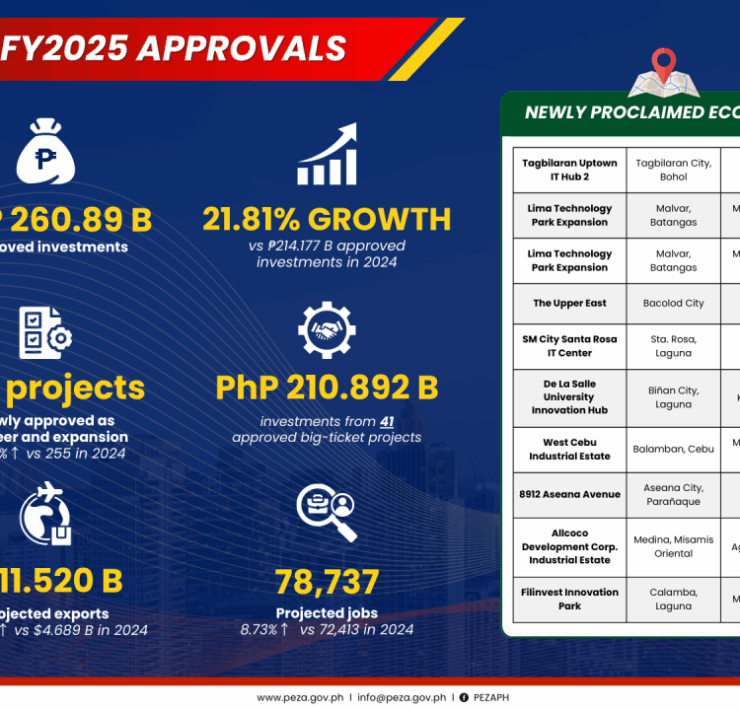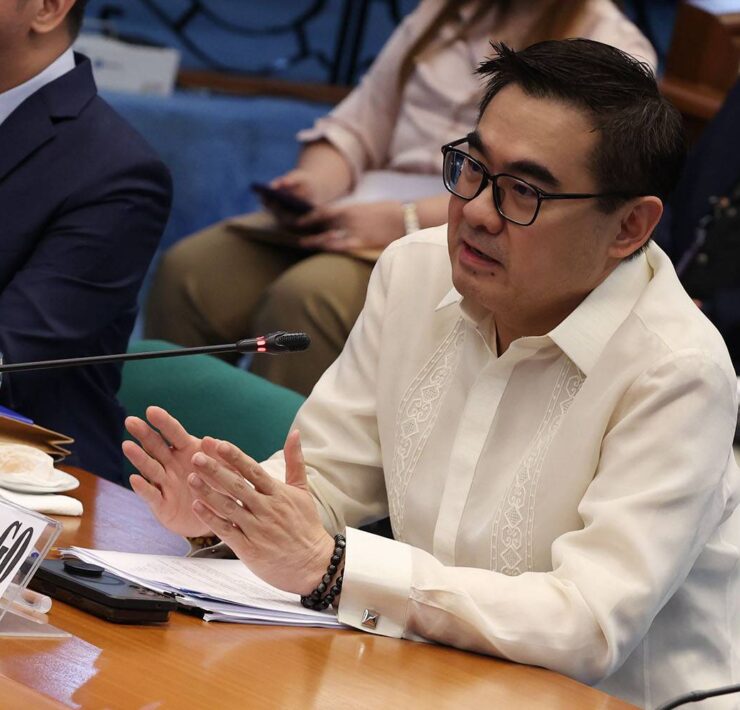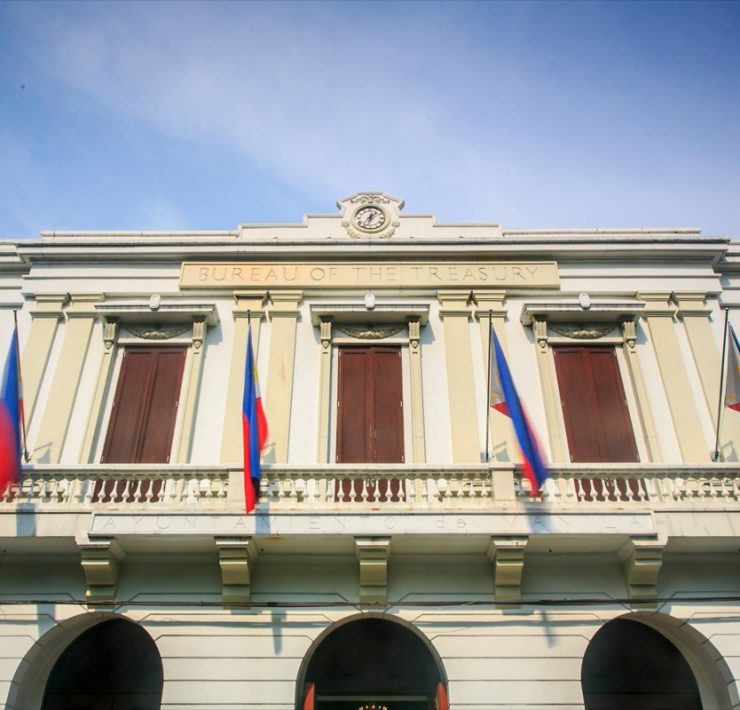Rate cut jitters tempered hot money flows in Aug.
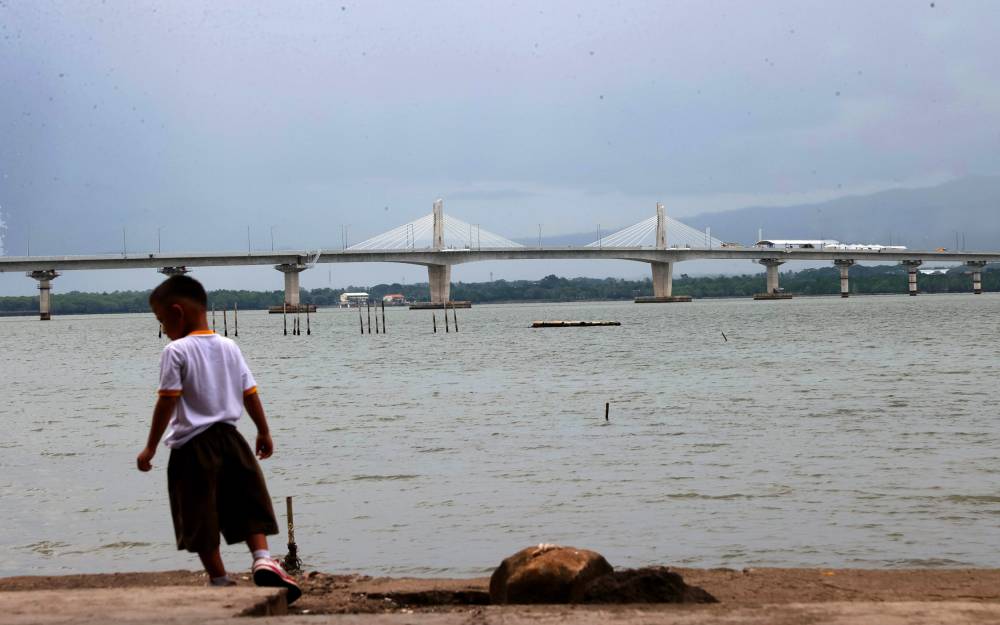
Less short-term foreign funds flowed to the Philippines’ capital markets in August, as diverging outlook on the magnitude of rate cuts at home and in the United States left investors on edge.
Latest data from the Bangko Sentral ng Pilipinas (BSP) showed foreign portfolio investments (FPI) posted a net inflow of $533.95 million in August.
Also known as “hot money” because of their tendency to leave at the first sign of trouble, FPIs are highly sensitive to developments onshore and offshore unlike firmer commitments such as foreign direct investments, which tend to stay longer and can generate jobs for Filipinos.
Dissecting the report of the BSP, the smaller hot money flows in August stemmed from the 43.7 percent month-on-month decline in gross FPI inflows to $1.37 billion.
Data showed around 51.2 percent—or $701.83 million— of these short-term foreign bets were placed on publicly listed companies, mostly in names engaged in banking, transportation services and holding firms. The remaining 48.8 percent amounting to $668.89 million was invested in peso-denominated government debt securities like Treasury bonds and Treasury bills.
The BSP said the hot money inflows in August mostly came from Singapore, the US, the United Kingdom, Luxembourg and Malaysia. These sources had a combined share of 81.5 percent to total gross inflows during the month.
At the same time, the lower FPI net inflow in August was also due to gross outflows amounting to $836.78 million, which was nonetheless smaller by 20.3 percent than the foreign funds that headed for the exit in July.
The central bank said the US—considered a safe haven by investors—remained the top destination of outflows, receiving 52.1 percent of total capital that left the Philippines.
In the first eighth months, hot money registered a net inflow of $2 billion, 6.4 times larger year-on-year. For the entire 2024, the BSP forecasts FPIs to post a net inflow of $4.2 billion.
Michael Ricafort, chief economist at Rizal Commercial Banking Corp., said hot money flows could “improve” in the coming months as the next data captures the market’s reaction to the rate cuts of the BSP and the US Federal Reserve, as well as to the reduction in the reserve requirements of Philippine banks.
“For the coming months, additional Fed rate cuts later in 2024 up to 2026 could be matched locally (and) would lead to possible further gains,” Ricafort said.














